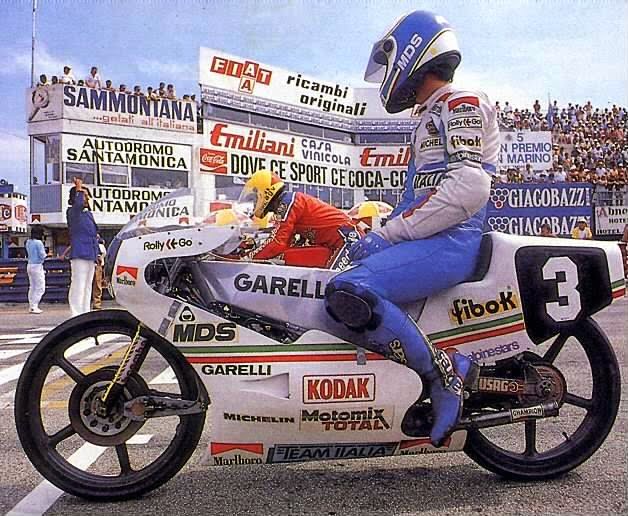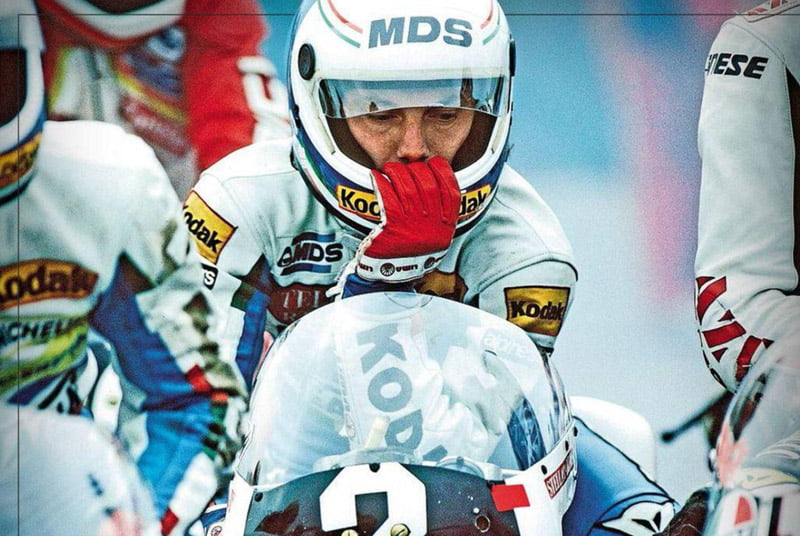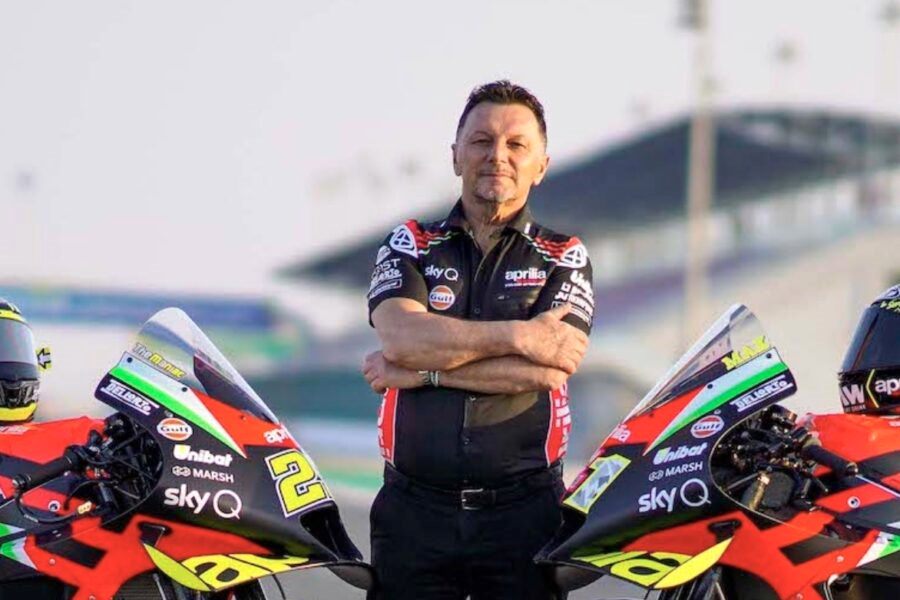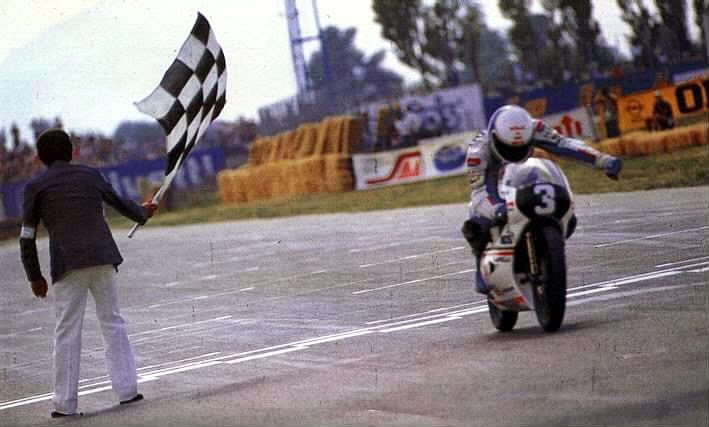We end this sad day by saluting as best we can the memory of this essential character of the MotoGP paddock.
It is not surprising that we should turn to our Italian friends to retrace the broad outlines of the journey of the young boy born in Imola on January 23, 1961: Fausto Gresini was never very talkative, nor with the other members of the paddock. , nor with the media, and even less if the latter were not based in the boot. Almost taciturn, hardly smiling, he had built a sort of barrier for himself that very few managed to cross, only interested in his team and his work which he carried out with great rigor.
It is in Romagna, halfway between Bologna and the mythical region of MotoTemporada Romagnola that the young transalpine developed a passion for motorcycles, which led him to work hard in a small two-wheel garage from the age of 14. Repairs and adjustments were his daily life, the days were long and racing was his dream which he kept alive by testing customer motorcycles around the workshop.
Three years later, he achieved this by setting foot on the stirrup with a Minarelli 50 in the cadet category of the Italian championship. From then on, the logical continuation was put in place, already with a 125cc, until this first Grand Prix of Nations, on May 30, 1982 on the Misano circuit with a private MBA.
The Imola driver stood out by qualifying 12th among the stars of the time including Angel Nieto, Pier Paolo Bianchi, Eugenio Lazzarini, Ricardo Tormo and Stefan Dorflinger.
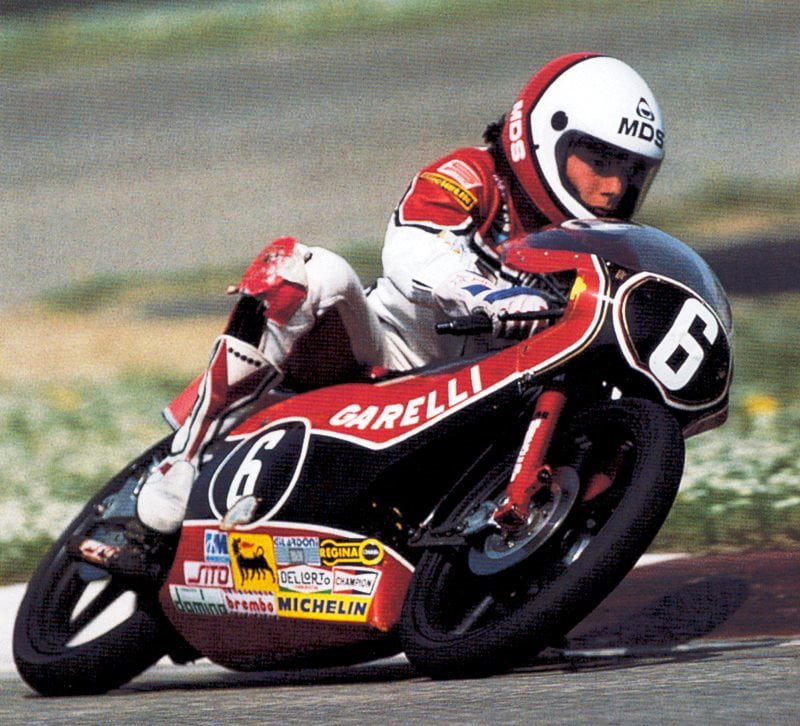
His two-stroke twin exploded in the race but it didn't matter: the speed of the young Italian had been noted by the men of MBA, former Morbidelli and Benelli, who gave him a boost to complete a full season in 1983.
From the outset, Fausto confirmed his speed and, against the factory bikes, ranked 7th at Monza for the third race of the season, then 6th at Hockenheim.
The following year, he alternated between an MBA and a Garelli, under the leadership of Eugenio Lazzarini, an official Garelli driver who gradually took him under his wing. A first victory will also salute this association, in Sweden.
1985 saw the consecration of Fausto Gresini named official driver within the structure of the FMI, who, with 3 victories and 5 other podiums won his first world title aboard a completely revised factory Garelli: monocoque frame in aluminum which integrated the tank, work in the FIAT wind tunnel, suspensions, etc.
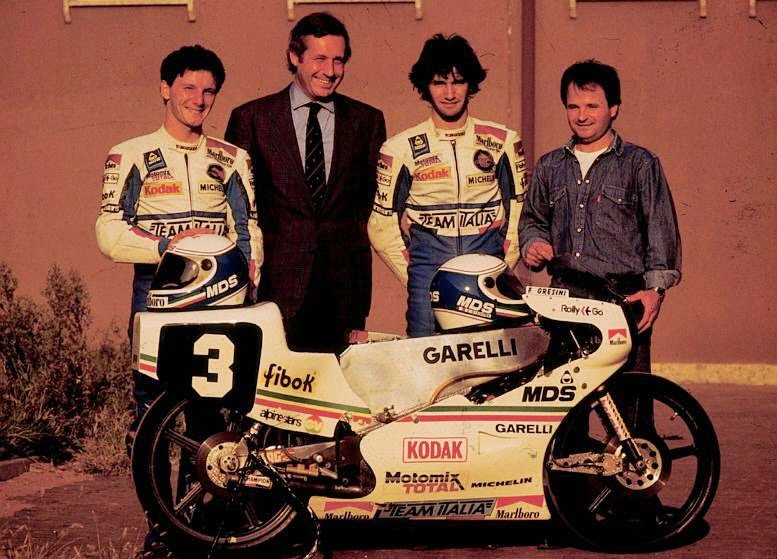
The Garellis shined again in 1986 but, despite 4 victories and 4 podiums, this time it was Luca Cadalora, his teammate, who took the win.
Not enough to discourage the tenacious Gresini who reached his apotheosis in 1987 with no less than 10 victories in the 13 races comprising the championship!
But this is the last season for the small 125cc twins, and 1988 will see a domination of the Derbi of a certain Jorge "Aspar" Martinez in front of a pack of Hondas while Fausto Gresini, faithful to Garelli whose single-cylinder engine is also little reliable than sluggish, sees itself relegated to 21st final position…
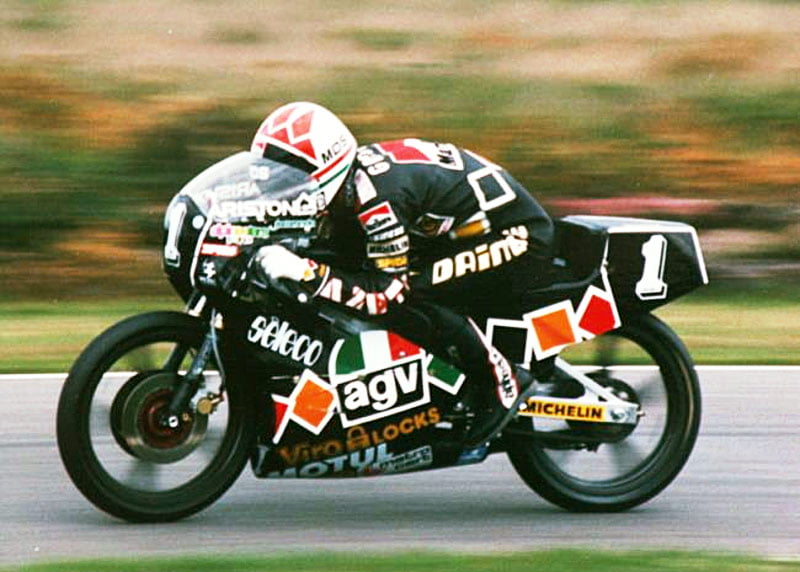
With the Aprilia, in 1989, things improved and the man from Imola nicknamed “Grisu” ranked 5th.
The Hondas became more and more competitive and Fausto Gresini abandoned the transalpine productions in 1990: a year to acclimatize then two seasons rewarded with the title of vice-champion in 1991 and 1992.
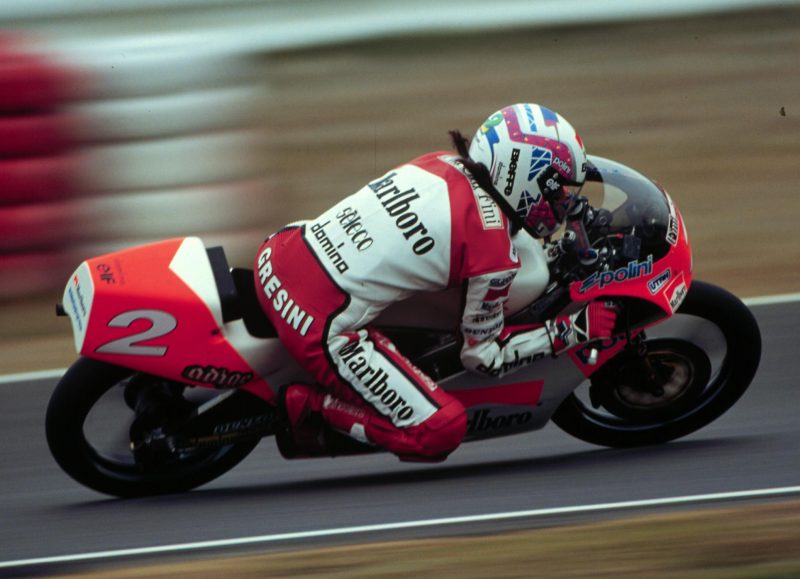
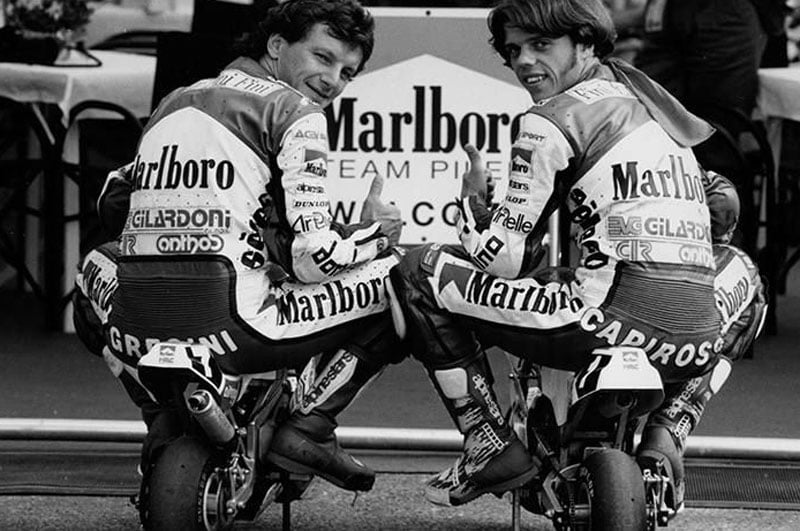
At the end of 1994, after 13 seasons and 132 Grands Prix contested, all in 125cc, crowned by 21 victories and two world titles, Fausto Gresini hung up his leathers at the age of 33 to take care of Loris Capirossi.
His second career began in 1997 by founding “Gresini Racing” which made its debut in the 500 category with a Honda NSR V2 entrusted to Alex Barros.
The team's history will be punctuated with drama, with the death of Daijiro Kato at the 2003 Japanese Grand Prix. Eight years later, Marco Simoncelli was killed at the Malaysian Grand Prix, obviously leaving Fausto Gresini deeply bruised.
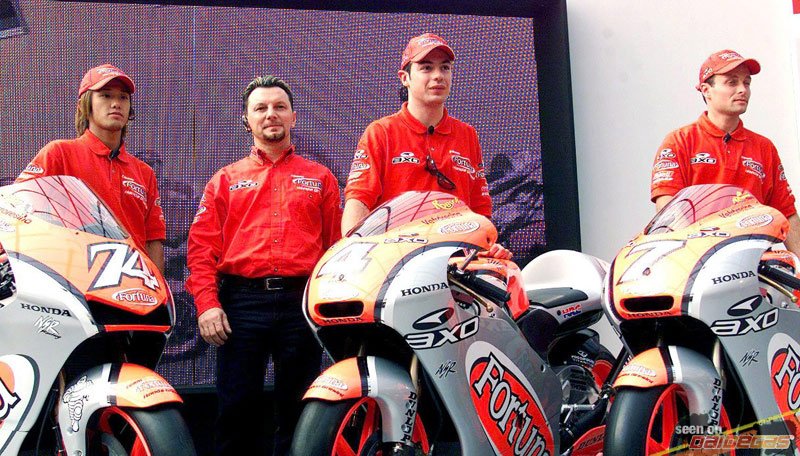
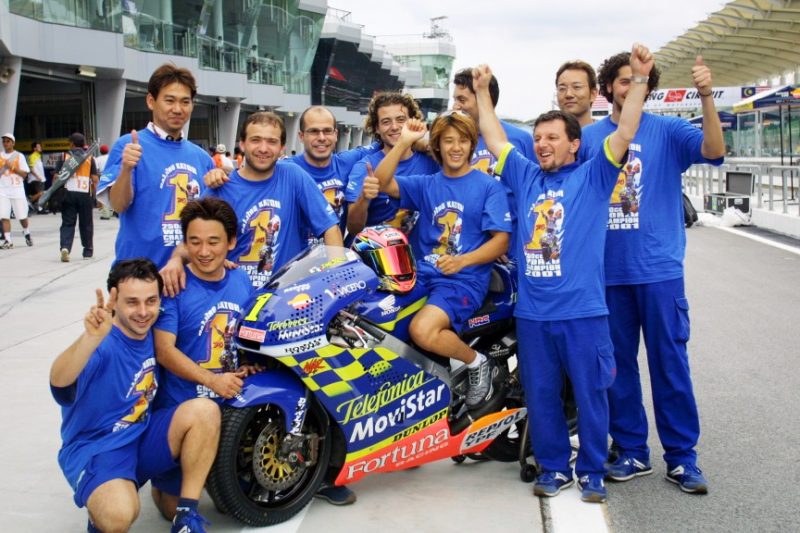
Today, the team, now based in Faenza, however, boasts a high-level track record with four world titles (2001 in 250 with Kato, 2010 in Moto2 with Elias, 2018 in Moto3 with Martin, 2019 in MotoE with Ferrari), 14 victories, 41 podiums.
With Petronas, it is also the only team to be present in all three categories of the world championship.
We salute here the memory of a passionate and rigorous worker who knew how to accomplish far beyond his wildest dreams.
